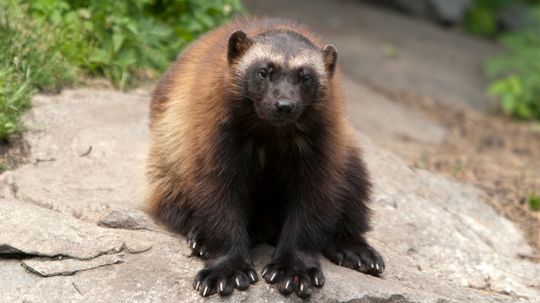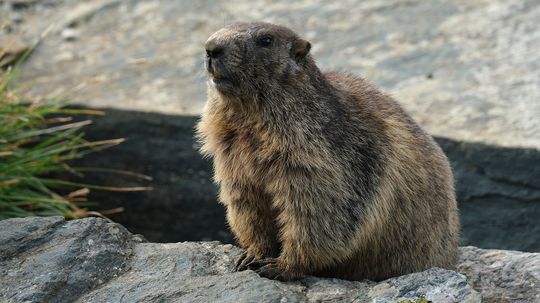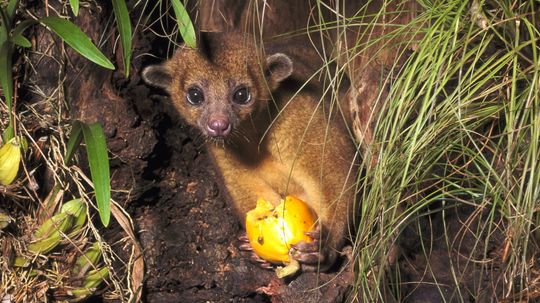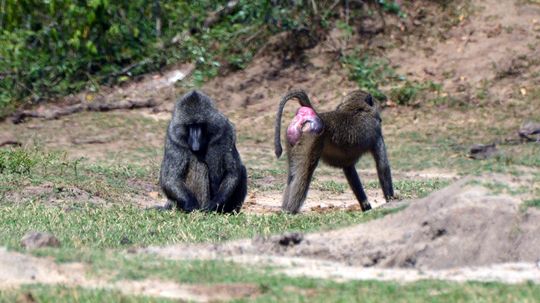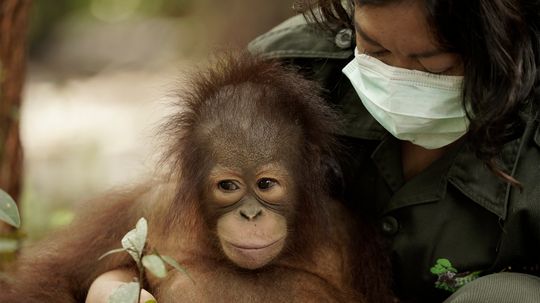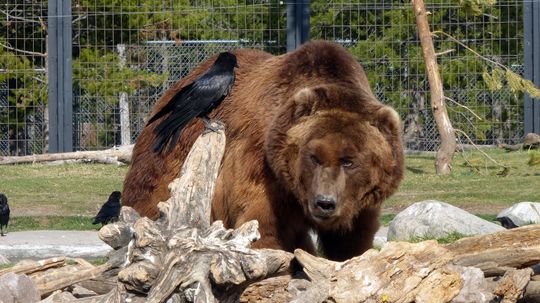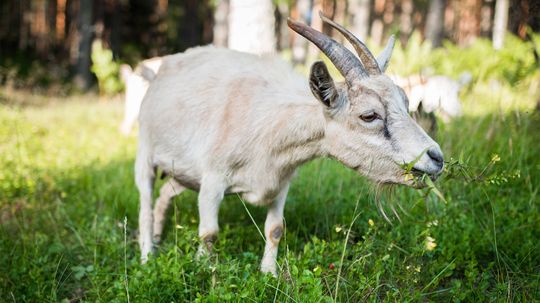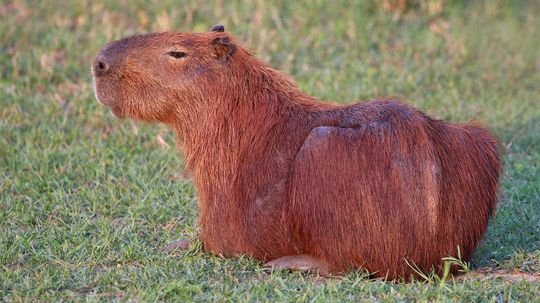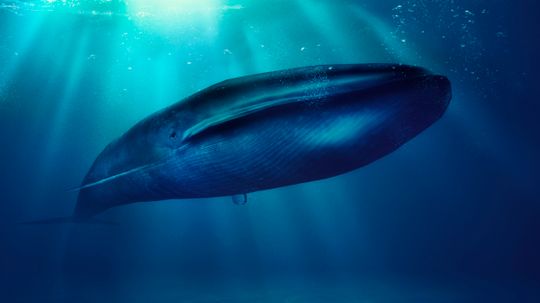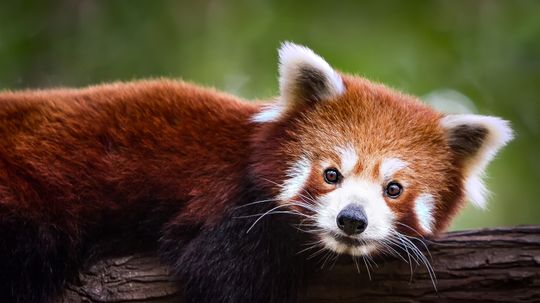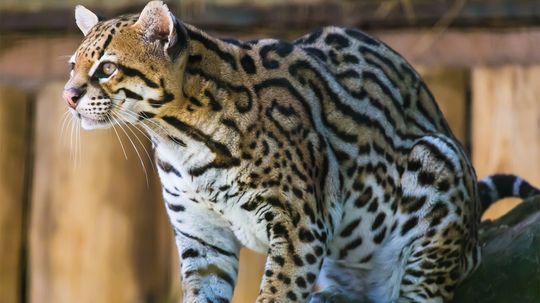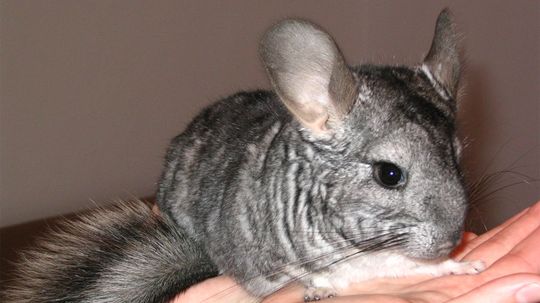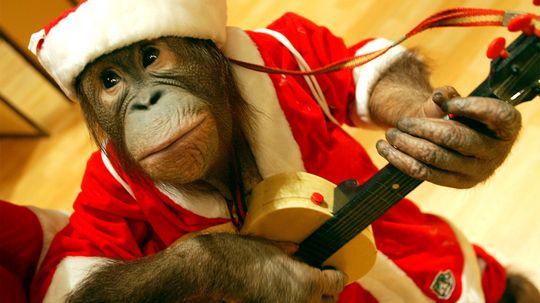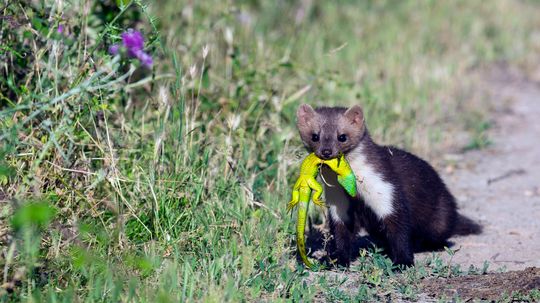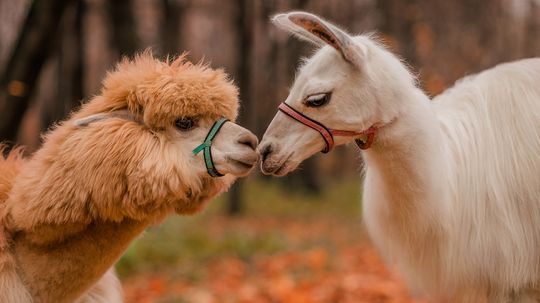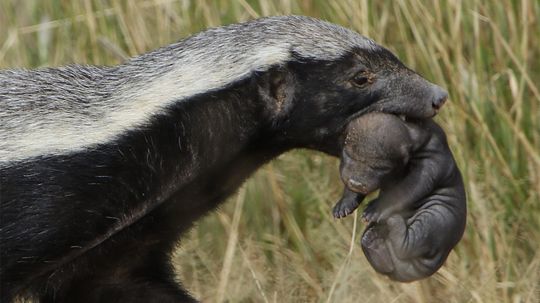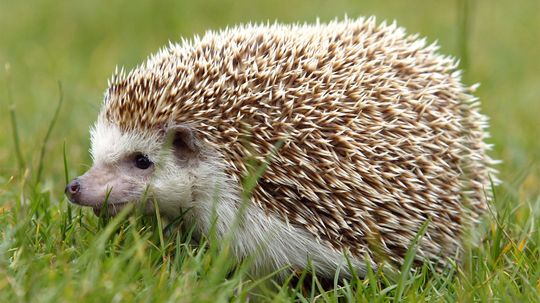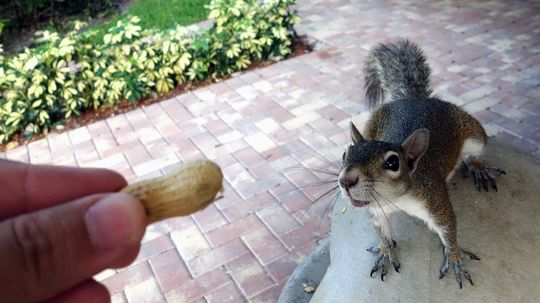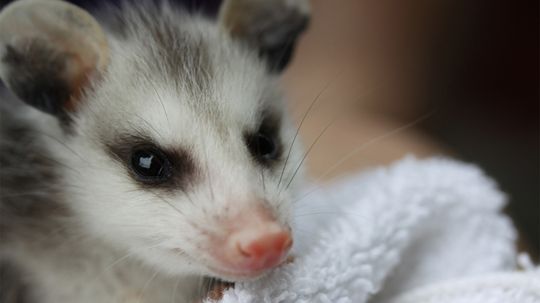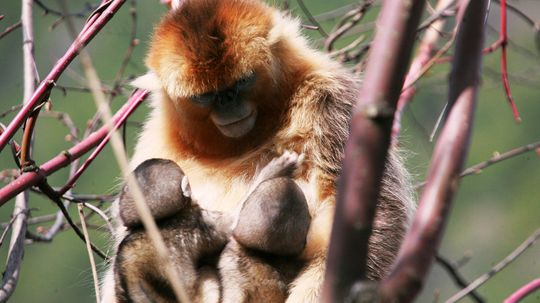Mammals
Scientifically-speaking there are 11 mammal groups, and most Mammals are warm-blooded, have body hair, give live birth and nurse their young with milk from mammary glands. Check out these articles about all kinds of mammals.
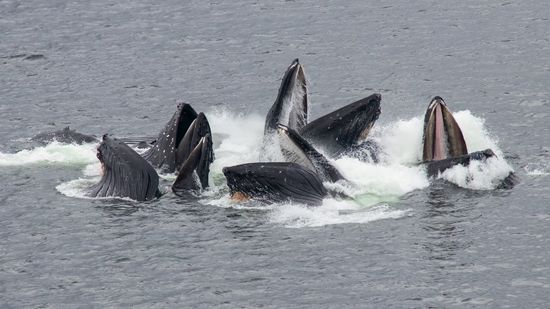
What Is a Group of Whales Called? Pods, Gams, Herds (but Not Schools)

How Often Do Whales Come Up for Air?

How Do Whales Sleep? They're Always Half Awake (Literally)
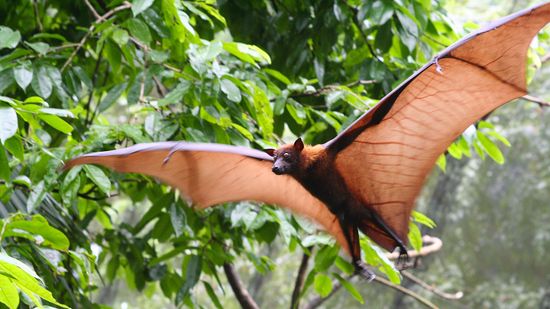
The Largest Bat in the World Has a Wingspan Over 5 Feet

Baby Bats Babble With Moms, Hinting at Human Language Development

Fruit Bats Are the Best Pollinators (and Suppliers of Tequila)

What Is a Group of Pandas Called? We're Blushing
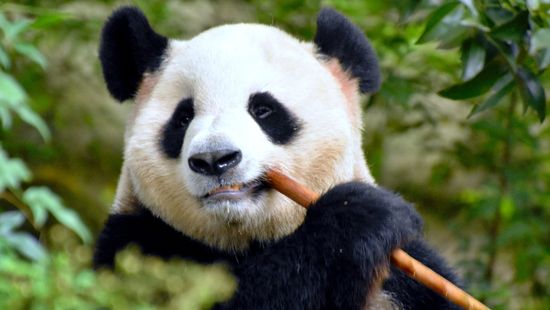
What Do Pandas Eat (Other Than Bamboo)?
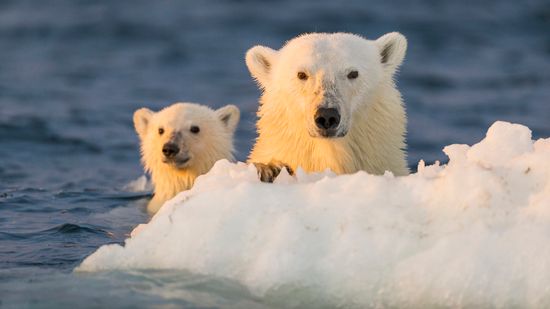
Polar Bear vs. Grizzly Bear: Which Bear Is Bigger and Tougher?
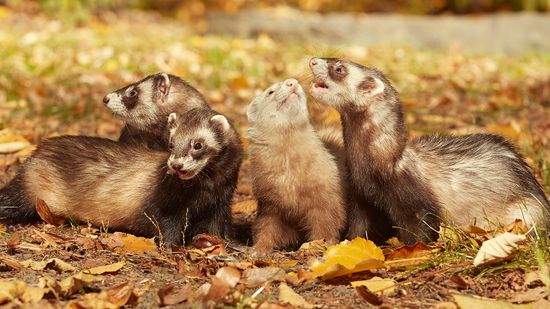
What Is a Group of Ferrets Called? You're Such a Busybody
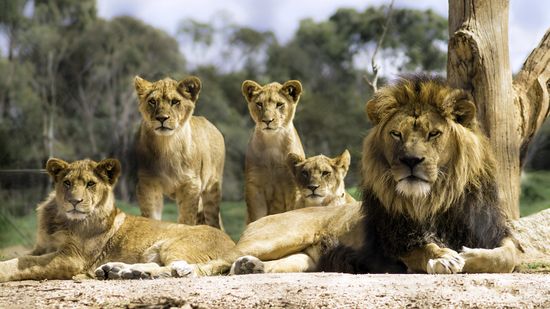
What Is a Group of Lions Called? 'Pride Rock' Makes So Much Sense Now
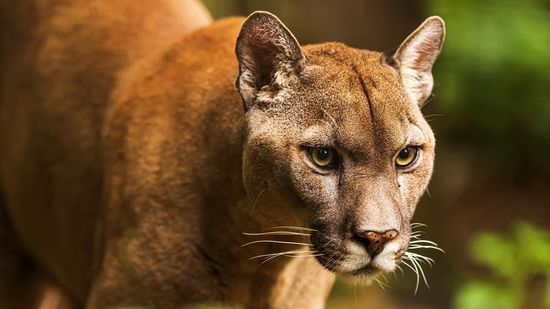
Panther vs. Cougar: Different Names for the Same Cat
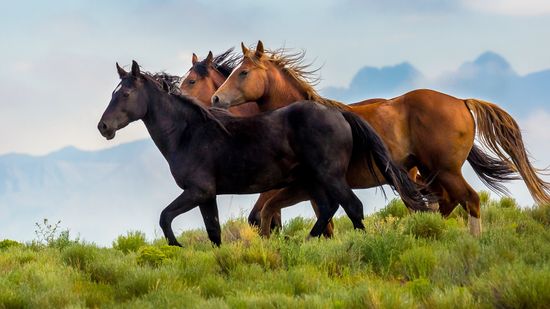
Where Do Horses Originate From? Not Europe, Not Asia
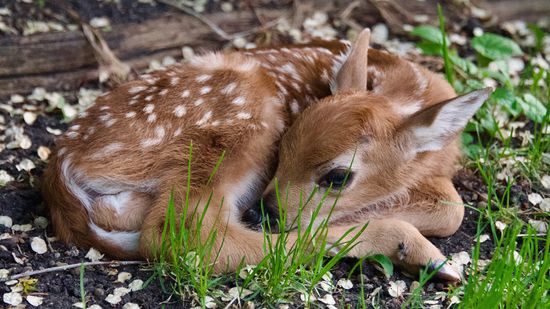
What Is a Baby Deer Called? (Aside From Adorable)
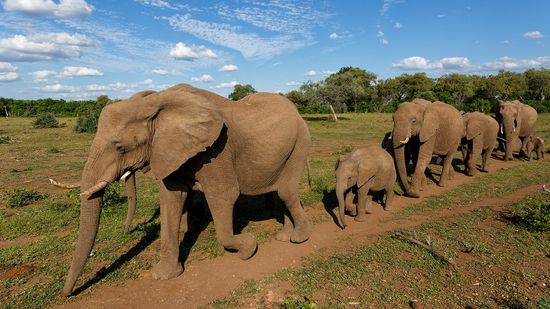
What Is a Group of Elephants Called?
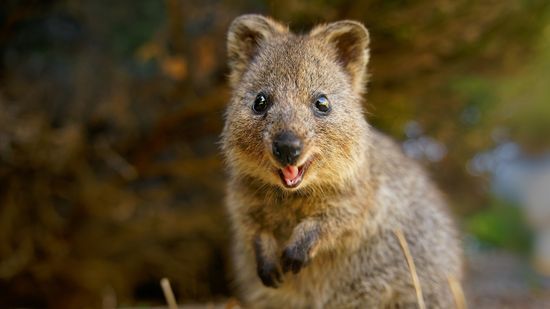
The Happiest Animal on Earth Is the Quokka
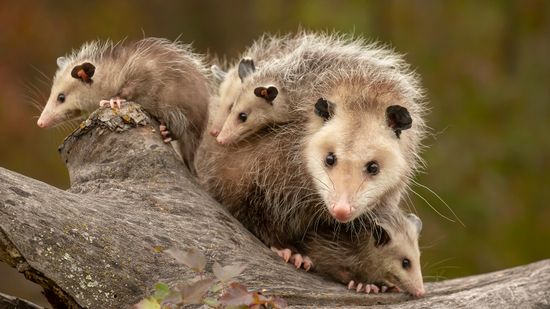
What Do Possums Eat? Most Things, It Turns Out

What's It Like Inside a Kangaroo's Pouch?
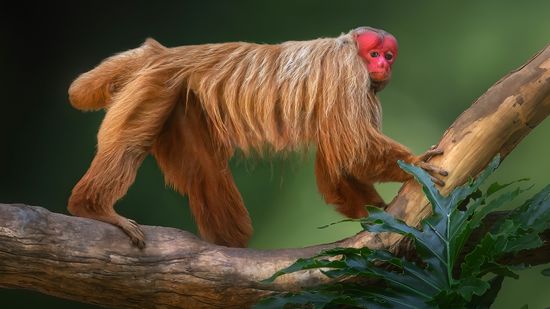
10 'Ugliest' Monkey Species: Unconventional Beauty in Primates

The Tiny Finger Monkey Gets Lonely Without Its Family
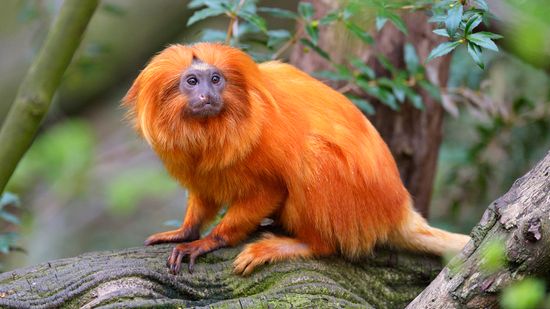
15 Types of Monkeys Climbing Trees All Around the World
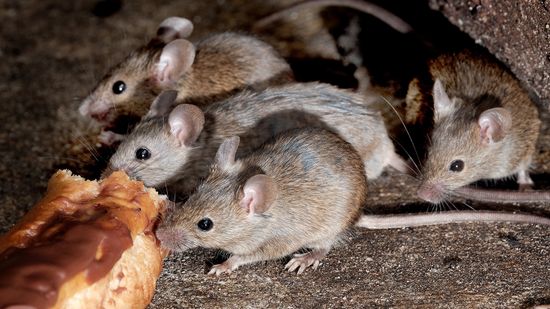
What Is a Group of Mice Called? Not Always a Colony
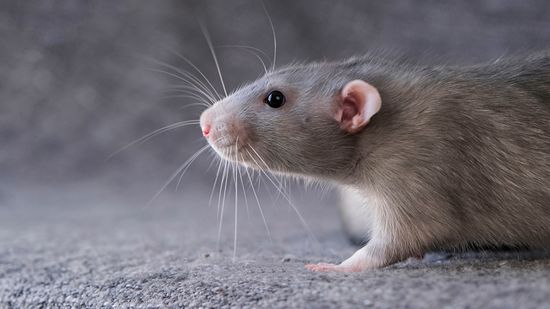
Rat Poop vs. Mouse Poop: Important Differences for Pest Control
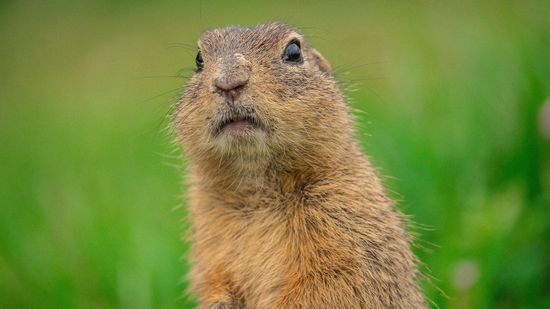
Groundhog vs. Gopher Habits and Identification
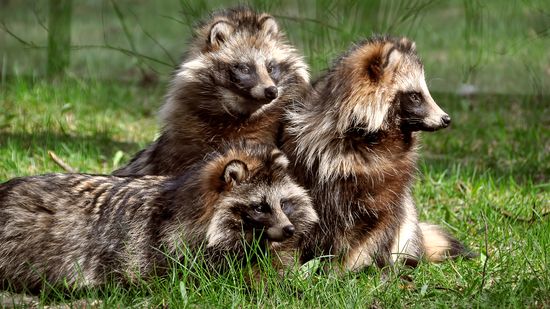
How Can Tanuki Be Both Real and Mythological?
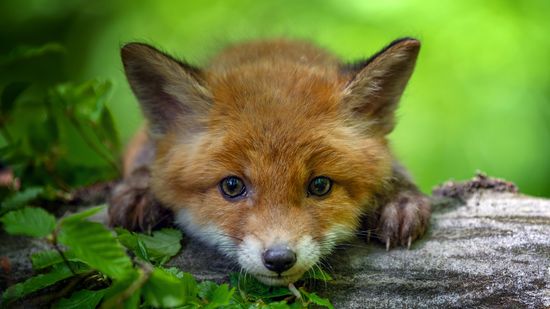
What Is a Baby Fox Called? Kit vs. Cub vs. Pup
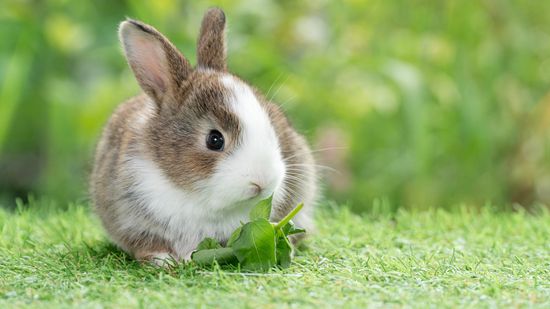
Hare vs. Rabbit Differences: Ears, Speed, and Social Behavior
Learn More / Page 8
These berserker weasels are the ultimate cold weather survivors - cagey, smart and omnivorous.
Groundhogs don't actually make great weathermen, but they are pretty cool in every other respect.
Kinkajous, or honey bears, are generally docile creatures, but they definitely don't mix well with humans.
Advertisement
Jackals, formidable members of the canine family, are often portrayed in traditional world folklore as wily tricksters, up to no good. They are actually brilliant survivalists.
These adorable marsupials look as sweet as their name. But what, exactly, are sugar gliders?
By Jamie Allen
Those red butts on baboons do serve a purpose, sort of, but it's probably not quite what you think.
Orphaned Bornean orangutans need all the help they can get - the Borneo Orangutan Survival Foundation steps in to teach them the art of survival.
Advertisement
It's the job of the huge grizzly bears at Montana's Grizzly and Wolf Discovery Center to test the everything from coolers and trash cans to food storage containers.
Clearing land with goats rather than machinery is eco-friendly, effective and adorable.
Fisher cats aren't actually cats, but cat-sized members of the weasel family, and their favorite snack is - yikes - the porcupine.
Arguably the most charming rodent in the world, the capybara is also the largest.
Advertisement
It is the largest animal ever to exist on the planet.
Despite being known as the "lesser panda," the red panda is so totally cute, we simply can't use that moniker. No way. Not now. Not ever.
The ocelot may look like a slightly wilder version of a domesticated tabby cat, but they are three times the size of house cats, much fiercer and, though abundant in some areas, still endangered.
These adorable little rodents are popular as pets, but they require some special care.
Advertisement
It may seem like just the cutest thing in the world to you, but owning a pet monkey is a really bad idea. Here's why.
These little critters are super cute, so why do they have a reputation for being one of the worst of the mammal world?
By Mark Mancini
Llamas and alpacas are very similar animals, but the differences in personality are striking.
Because most of what we know about honey badgers comes from a three-minute comedy video, there are a lot of misconceptions about these wily weasels.
Advertisement
Sure, hedgehogs are cute as heck, but do you think one really wants to live in your house?
There doesn't seem to be much of a gray area. Most people are a hard yes or yard no.
By Meg Sparwath
Sure, opossums eat out of your trashcan, but they're also strange little superheroes.
Your favorite cashmere sweater is super-soft and luxurious. It probably cost you an arm and leg, too. Here's why.
By Jamie Allen
Advertisement
A group of researchers in Shennongjia National Nature Reserve discovered that these female monkeys are essentially happy to feed each other's offspring.
By Jamie Allen
Perhaps it's a mating signal. Or meant to confuse owls and other predators. Or maybe it's just for looks.
By Jamie Allen
